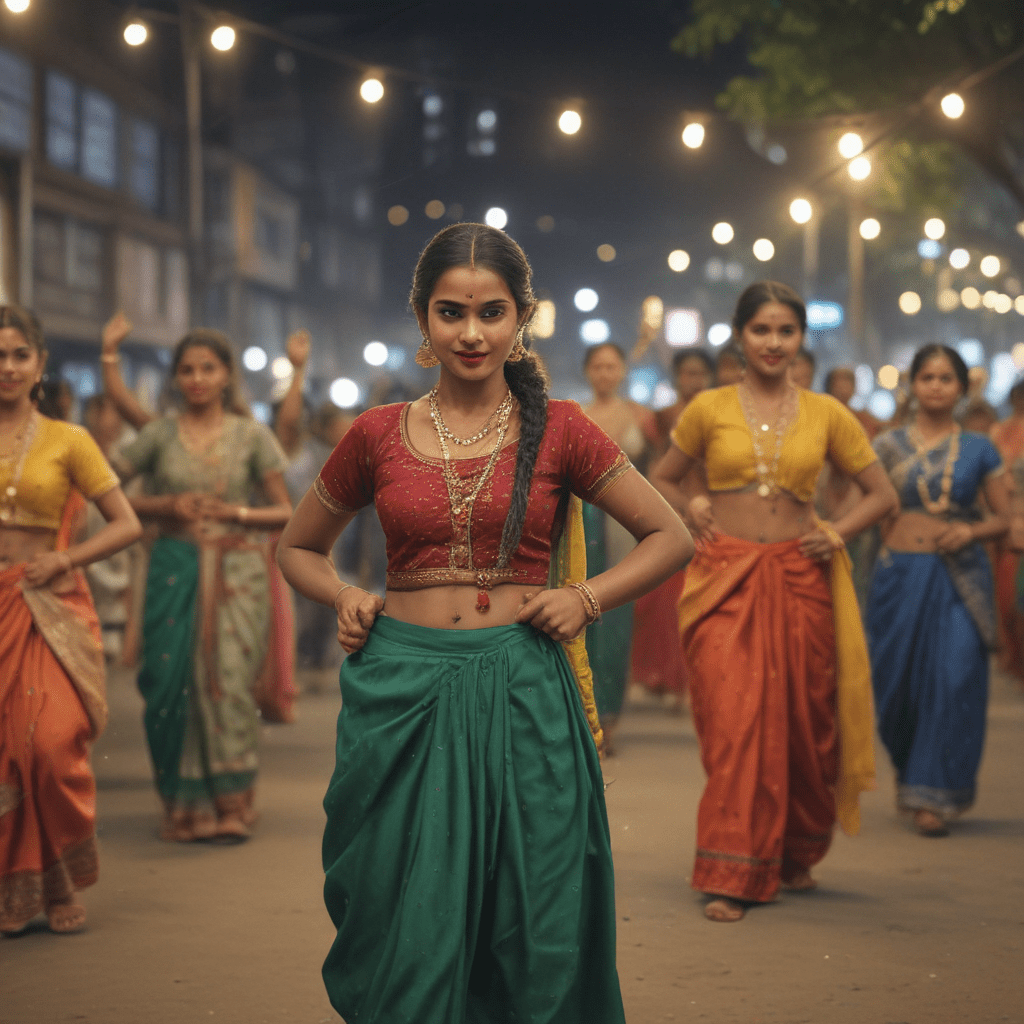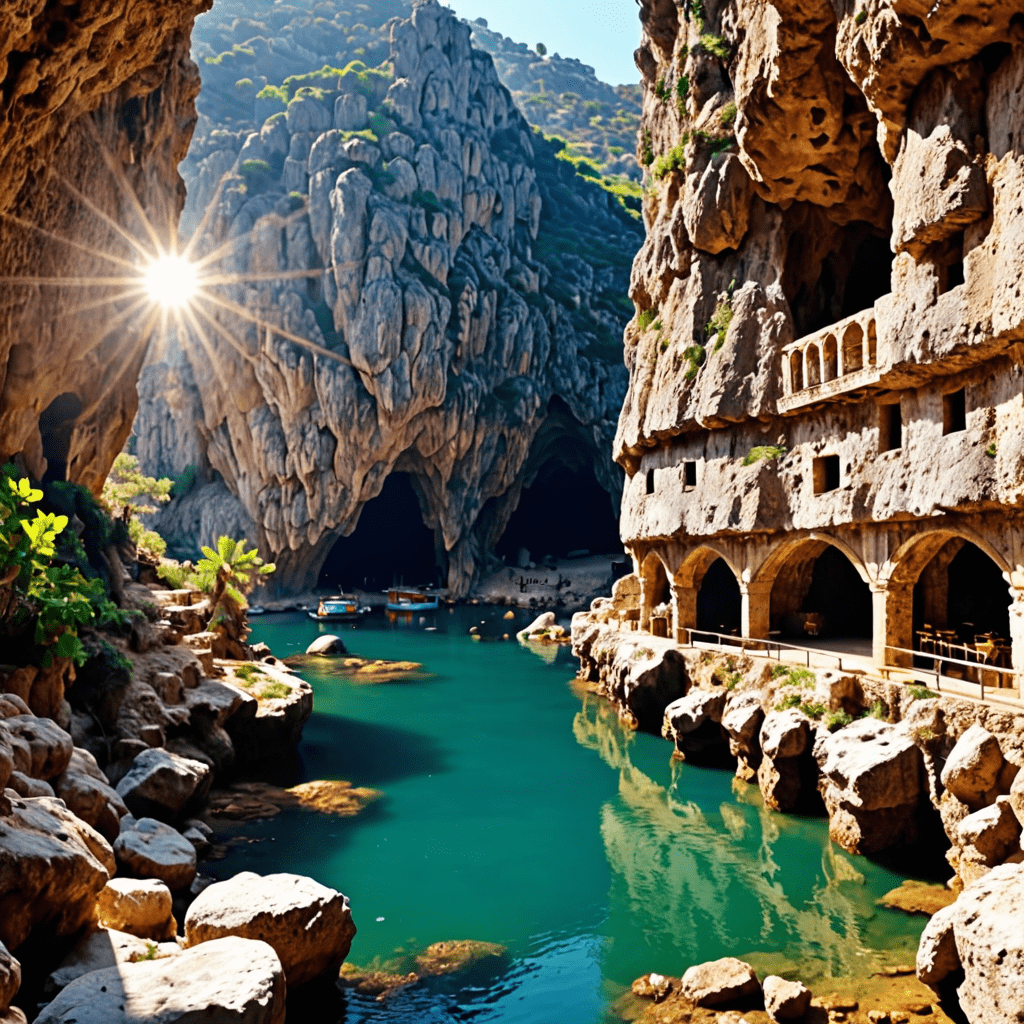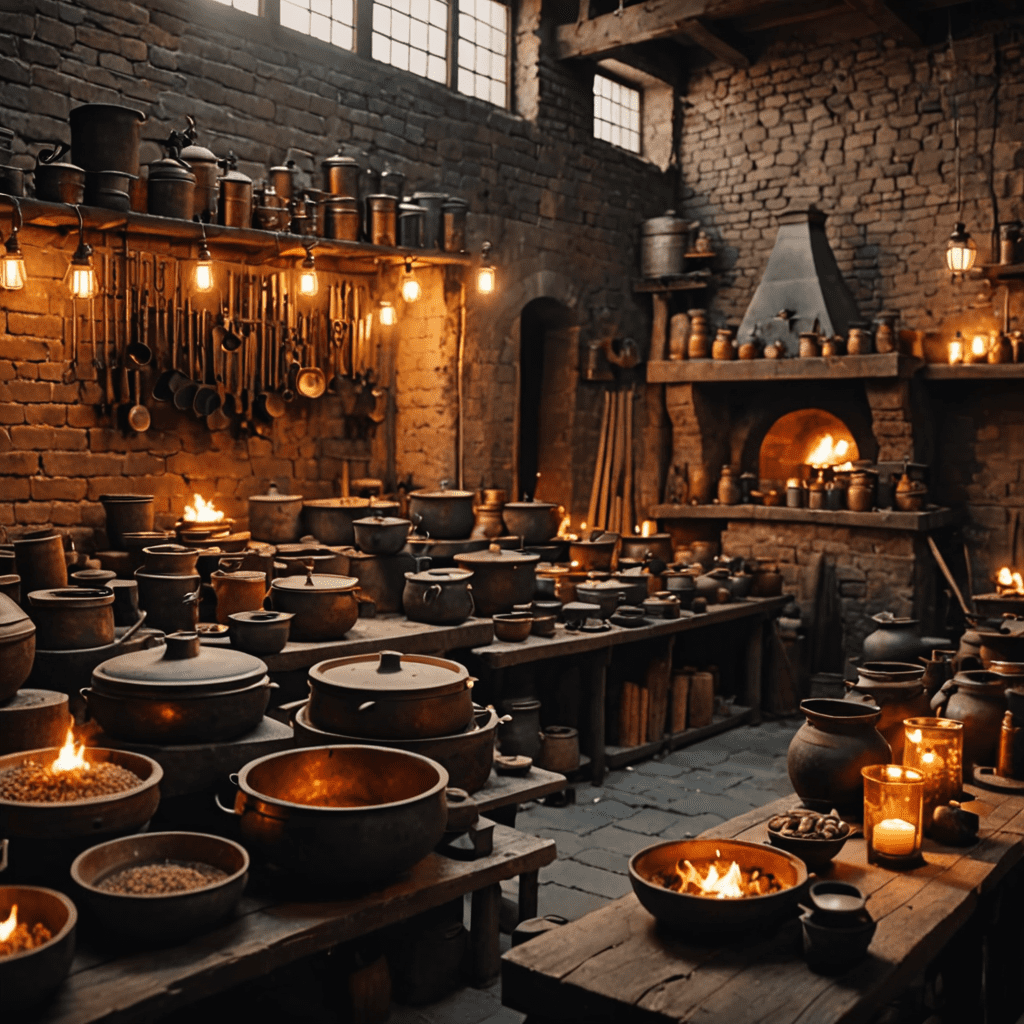
Introduction to Folk Music and Dance of Bangladesh
Nestled in the heart of South Asia, Bangladesh is a vibrant tapestry of diverse cultures and traditions. Folk music and dance form an integral part of the nation's rich cultural heritage, offering a glimpse into the soul of its people. From the soulful melodies of the Bauls to the energetic rhythms of the Chakma dance, Bangladeshi folk music and dance showcase a kaleidoscope of sounds and movements that captivate audiences worldwide.
Regional Variations: From the Ganges Delta to the Chittagong Hill Tracts
The diverse geography of Bangladesh has given rise to a rich tapestry of folk music and dance styles. The fertile Ganges Delta, home to the majority of the population, is known for its soulful Baul music and the enchanting Bhatiali folk songs. In contrast, the Chittagong Hill Tracts, inhabited by indigenous tribes, offers a vibrant display of colorful ethnic dances, such as the bamboo dance of the Chakma people. Each region brings its own unique flavor to the vibrant mosaic of Bangladeshi folk art.
Folk Music Instruments: The Melodious Baul Ektara and More
Bangladeshi folk music is characterized by the use of a variety of traditional instruments. The single-stringed ektara, played by Baul singers, is renowned for its haunting melodies. Other popular folk instruments include the dotara, a two-stringed instrument played with a bow; the tabla, a pair of drums; and the kartal, a pair of wooden clappers. These instruments combine to create a harmonious blend of rhythms and melodies that captivate listeners.
Folk Wisdom and Spirituality
Folk music and dance in Bangladesh are deeply intertwined with the nation's spiritual beliefs and traditions. Baul music, in particular, is known for its mystical and devotional lyrics, often exploring themes of love, devotion, and the search for truth. Folk songs often tell stories of ancient myths, legends, and historical events, preserving cultural knowledge and values across generations.
The Role of Folk Music and Dance in Social and Cultural Identity
Folk music and dance play a crucial role in shaping the social and cultural identity of Bangladeshi communities. They serve as a means of communication, storytelling, and social interaction. Folk performances often bring together people from different backgrounds, fostering a sense of unity and belonging. Through music and dance, Bangladeshi folk traditions reflect the nation's rich history, diverse beliefs, and shared experiences.
Folk Music in Contemporary Popular Culture: Adaptations and Innovations
While Bangladeshi folk music and dance have deep roots in tradition, they are also subject to contemporary influences and adaptations. Modern musicians have incorporated elements of folk music into popular genres such as rock, pop, and fusion, creating a vibrant blend of traditional and modern sounds. These adaptations appeal to a wider audience and help preserve the legacy of Bangladeshi folk music in a rapidly changing cultural landscape.
Preserving and Promoting Folk Traditions: Bangladesh's Role
Recognizing the importance of folk music and dance to its cultural heritage, Bangladesh has implemented measures to preserve and promote these traditions. The government has established cultural organizations and institutions dedicated to research, documentation, and dissemination of folk art forms. Non-governmental organizations and community groups also play a vital role in preserving folk knowledge and practices, ensuring their continuity for future generations.
## Conclusion: The Enduring Legacy of Bangladesh’s Folk Musical Heritage
Bangladesh's folk music and dance are a testament to the nation's rich cultural heritage and its unwavering connection to its traditions. From the soulful melodies of Baul music to the energetic rhythms of tribal dances, these art forms capture the essence of Bangladeshi identity and continue to inspire and captivate audiences worldwide. Preserving and promoting folk traditions is essential for safeguarding the cultural diversity and preserving the legacy of Bangladesh's musical heritage for generations to come.
Frequently Asked Questions (FAQs)
Q: What are some of the most popular folk music genres in Bangladesh?
A: Baul music, Bhatiali, Bhawaiya, and Marfati are some of the most well-known folk music genres in Bangladesh.
Q: What is the significance of the ektara in Bangladeshi folk music?
A: The ektara is a one-stringed instrument that is often associated with Baul music. It is known for its haunting melodies and is a symbol of the spiritual and devotional nature of Baul music.
Q: How is folk music and dance used in Bangladeshi festivals and celebrations?
A: Folk music and dance are an integral part of many festivals and celebrations in Bangladesh. They are performed during religious festivals, cultural events, and social gatherings, reflecting the deep connection between these art forms and the nation's cultural traditions.

